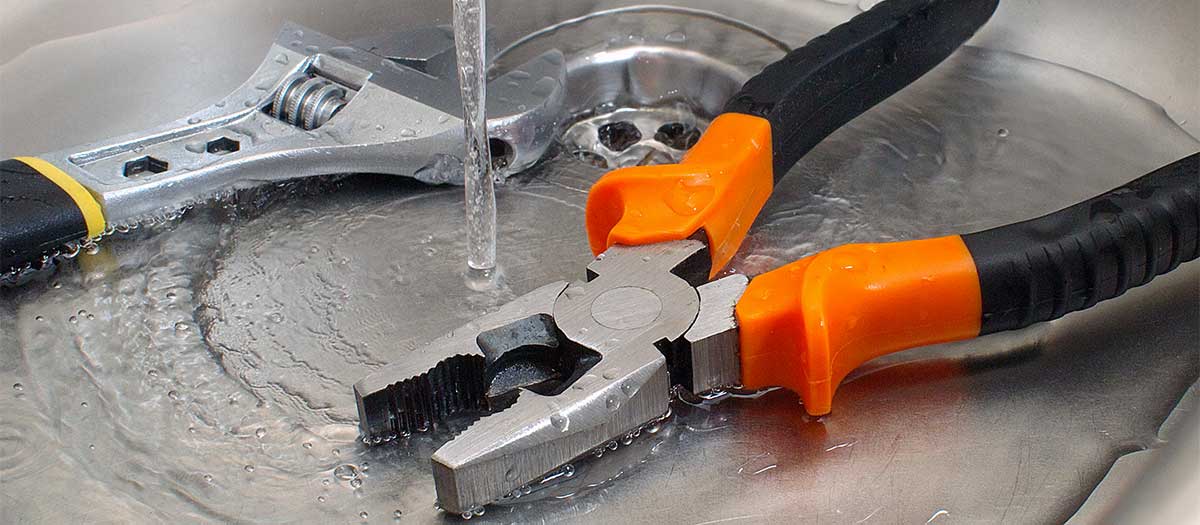Unveil Hidden Water Line Leaks: 6 Tested Finding Techniques
Unveil Hidden Water Line Leaks: 6 Tested Finding Techniques
Blog Article
What are your thoughts regarding Hacks to detect leaks?

Early detection of dripping water lines can reduce a possible disaster. Some tiny water leaks may not be visible.
1. Check Out the Water Meter
Every residence has a water meter. Examining it is a proven manner in which helps you discover leaks. For starters, turn off all the water sources. Guarantee nobody will certainly flush, utilize the faucet, shower, run the washing equipment or dish washer. From there, go to the meter and watch if it will certainly alter. Because no person is using it, there need to be no movements. That indicates a fast-moving leak if it moves. If you identify no adjustments, wait a hr or two and check back once more. This suggests you may have a slow leakage that can even be below ground.
2. Examine Water Consumption
Analyze your water costs and track your water intake. As the one paying it, you must discover if there are any inconsistencies. If you find sudden changes, regardless of your consumption being the same, it means that you have leakages in your plumbing system. Keep in mind, your water expense should drop under the exact same range on a monthly basis. A sudden spike in your bill indicates a fast-moving leak.
Meanwhile, a consistent increase each month, despite the same behaviors, shows you have a slow-moving leakage that's additionally slowly escalating. Call a plumber to thoroughly inspect your building, especially if you feel a warm location on your floor with piping beneath.
3. Do a Food Coloring Test
When it comes to water usage, 30% comes from bathrooms. If the color in some way infiltrates your dish throughout that time without flushing, there's a leak between the tank and bowl.
4. Asses Outside Lines
Don't forget to inspect your outside water lines as well. Must water leak out of the connection, you have a loose rubber gasket. One little leak can lose loads of water and surge your water expense.
5. Check as well as Examine the Situation
Home owners must make it a practice to examine under the sink counters as well as also inside cabinets for any kind of bad odor or mold development. These two warnings indicate a leakage so timely interest is called for. Doing regular inspections, even bi-annually, can save you from a major problem.
Inspect for stainings and weakening as the majority of pipelines and appliances have a life expectancy. If you suspect leaking water lines in your plumbing system, do not wait for it to escalate.
Early detection of dripping water lines can alleviate a possible calamity. Some tiny water leaks might not be noticeable. Examining it is a surefire way that assists you uncover leaks. One tiny leak can squander lots of water and spike your water expense.
If you believe dripping water lines in your plumbing system, do not wait for it to intensify.
WARNING SIGNS OF WATER LEAKAGE BEHIND THE WALL
PERSISTENT MUSTY ODORS
As water slowly drips from a leaky pipe inside the wall, flooring and sheetrock stay damp and develop an odor similar to wet cardboard. It generates a musty smell that can help you find hidden leaks.
MOLD IN UNUSUAL AREAS
Mold usually grows in wet areas like kitchens, baths and laundry rooms. If you spot the stuff on walls or baseboards in other rooms of the house, it’s a good indicator of undetected water leaks.
STAINS THAT GROW
When mold thrives around a leaky pipe, it sometimes takes hold on the inside surface of the affected wall. A growing stain on otherwise clean sheetrock is often your sign of a hidden plumbing problem.
PEELING OR BUBBLING WALLPAPER / PAINT
This clue is easy to miss in rooms that don’t get much use. When you see wallpaper separating along seams or paint bubbling or flaking off the wall, blame sheetrock that stays wet because of an undetected leak.
BUCKLED CEILINGS AND STAINED FLOORS
If ceilings or floors in bathrooms, kitchens or laundry areas develop structural problems, don’t rule out constant damp inside the walls. Wet sheetrock can affect adjacent framing, flooring and ceilings.
https://www.servicemasterbyzaba.com/blog/how-to-detect-water-leakage-in-walls/

Do you appreciate more info about Hacks to detect leaks? Write a remark down below. We will be pleased to hear your suggestions about this post. We are looking forward to see you back again later on. Liked our content? Please share it. Help another person locate it. Thank you for taking the time to read it.
Issue? Dial fast! Report this page